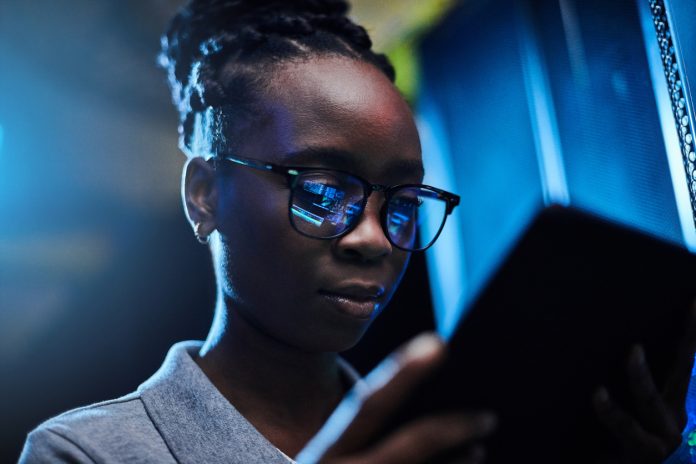Educators must understand the many real advantages AI can bring to modern teaching, how it can be used practically within the education sector and how to support both teachers and students during this integration
Artificial Intelligence (AI) is increasingly being implemented into all aspects of our lives, both professionally and personally. Its global market share is expected to grow at an annual rate of 28.46% by 2030.
Although most people have heard about AI, they are often only partially informed about its capabilities and unsure about how it can be applied to their daily lives. This lack of awareness can lead to uncertainties and concerns regarding the potential consequences and implications of using AI, thereby highlighting the importance of educating teachers and students about AI to help them feel more confident in using this powerful technology for the benefit of all.
Fears and misconceptions surrounding AI and how to address them
Although AI undoubtedly provides vast opportunities to both teachers and students, many still lack a thorough understanding of what AI is, and its capabilities. As a result, many teachers stray from AI technology due to fears and misconceptions.
Many AI tools are still seen as a threat to integrity, as many believe that they provide students with access to new, easier ways of cheating and plagiarism. However, the reality is that AI is not enabling or encouraging students to cheat but rather changing the way they are cheating. Cheating has always been an issue in schools and educational settings, and whilst new technologies such as AI provide new tools for cheating, they are by no means the cause of it.
In fact, most AI tools, especially those commonly used in education, can quickly and easily detect plagiarism and cheating attempts. This means that as the technologies that students use to cheat evolve, so do the technologies able to detect them, diminishing the extent of cheating and plagiarism.
It is also crucial to remember that AI does not replace human intelligence. As long as AI is used in tandem with human judgment and oversight, AI will act as a supportive tool for teachers, enabling them to detect cheating or mistakes more quickly, streamlining time-consuming tasks, and ultimately leading to reduced workloads and stress and improved teaching.
AI-powered classrooms and the implementation of AI into schools
AI-powered educational tools can provide teachers with increased support and the opportunity to personalise teaching techniques for individual students. Through analysing student data, AI platforms can adapt learning materials tailored to individual students, providing students with the opportunity to learn at their own pace and get assistance in different topic areas, mapping out their knowledge gaps and areas for improvement.
AI can be used in conjunction with other technologies, such as interactive displays, and offers a world of new teaching opportunities to inspire students to learn. Apps using AI features are being created each day, and many of our classic teaching tools and software are starting to integrate AI into their platforms, making them easier to use or offering clever new features to enhance learning. For example, AI is used to easily translate and read aloud text into new languages, search for related images, show relevant content based on current lesson materials, answer complicated questions asked by pupils, and expand the learning and development of students by creating questions to challenge them even further.
AI outside of the classroom
Some teachers and educators find the implementation of AI and technology daunting – and understandably, it can appear quite overwhelming due to its many new capabilities and features. However, AI should be seen as a helpful tool at the aid of teachers, as it can be used to streamline workflows, reduce time spent on administrative tasks, and enable teachers to focus on teaching and supporting their students in ways AI cannot. By utilising AI, school staff can reduce the time spent on administrative tasks, which are normally time-consuming such as identifying IT errors and problem-solving.
AI risks and how to protect and safeguard students
The implementation of AI in teaching comes with a responsibility to protect and safeguard students from potential risks. Schools should provide clear information about the specific sensitive and personal data collected, its sources, and how it will be utilised, providing students, teachers, and staff with an understanding of how their data is being managed.
Schools should also consider implementing cybersecurity training for school staff, IT departments, and students to raise awareness about potential cyber threats and empower them to quickly detect and respond to any attempts to compromise security.
The future of transforming modern teaching, powered by AI
If used correctly, AI will fundamentally change and improve many aspects of a student’s education from enhancing in-person lesson experiences to plagiarism detections.
While there are many misconceptions about AI and its role in education, it is undoubtedly that it will play a great role in shaping the future of education. It is time for schools to begin adopting tools in the classroom now so they are prepared for an AI-assisted educational program in the future.











